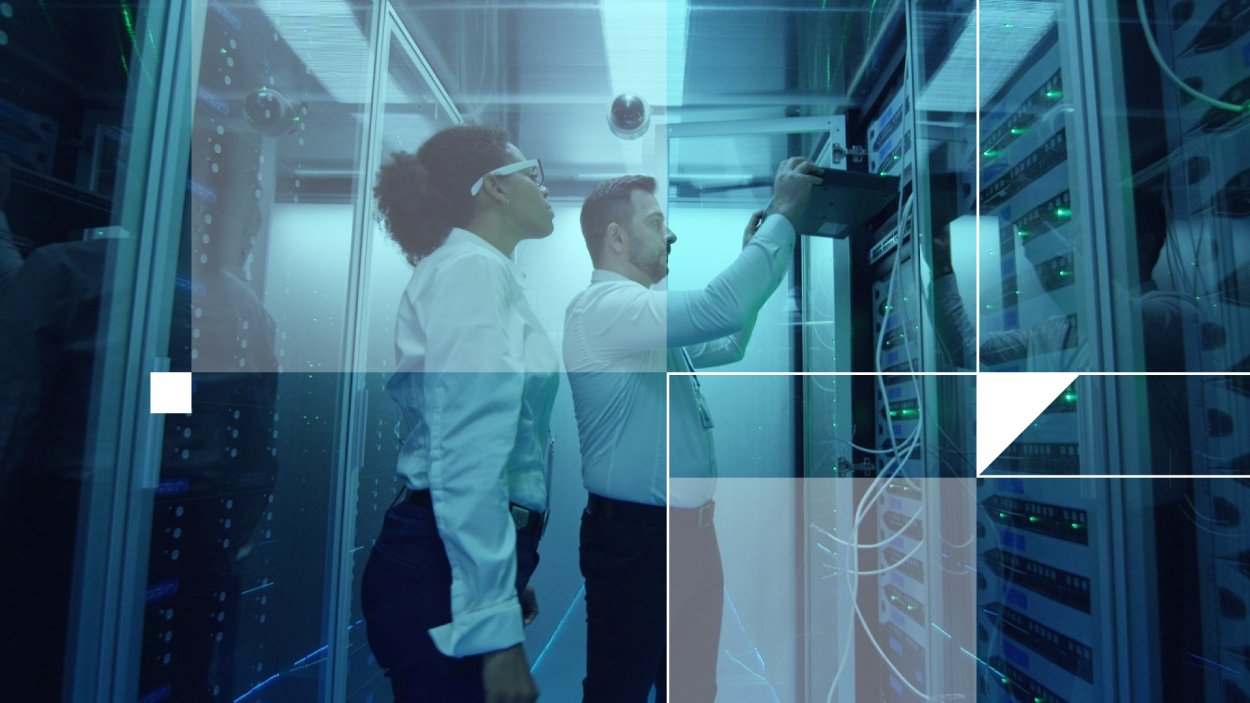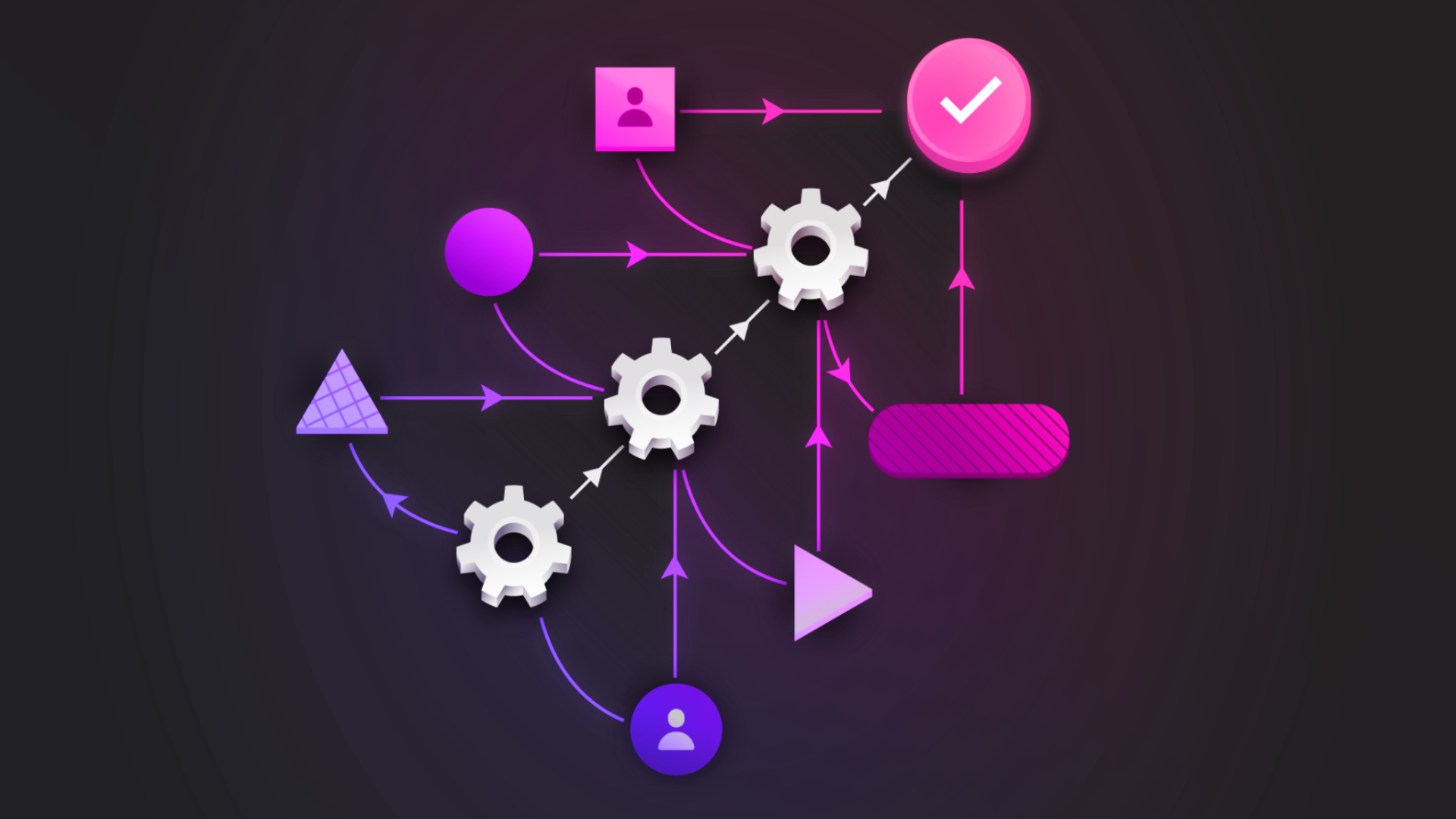Introduction
Organizations are rapidly implementing digital transformation initiatives to support remote workers relying heavily on cloud services. However, securing the cloud data while opting for a multi-cloud strategy can take time due to the shared responsibility model.
An Oracle study reveals that 98% of enterprises already use a multi-cloud strategy. There is limited control over their environment’s physical and logical aspects and with the shared responsibility model. This is why it becomes imperative for organizations to understand the shared responsibility model (SRM).
Businesses must clearly understand who is responsible for specific security functions. The SRM can vary depending on the type of services used, and accurate comprehension of it is vital for IT security.
This article focuses on the SRM model and different aspects to remember while planning cloud security.
Shared Responsibility Model in Cloud Security
The shared responsibility model is a framework that establishes the specific security responsibilities of both the customer and the cloud provider.
Cloud service providers (CSPs) are responsible for securing the underlying cloud, such as physical security, network security, and hypervisor security. On the other hand, customers need to safeguard the data and applications stored in the cloud environment.
This includes implementing access control measures, data encryption, and security configurations. The shared responsibility security model requires a collaborative approach between the customer and CSPs, aiming to ensure the robustness of cloud security measures.
The division of responsibilities may differ based on the type of cloud service utilized, such as IaaS, SaaS, and PaaS. The CIS diagram clearly depicts how the responsibilities are divided across different cloud models. It is crucial to note that each model has its unique obligations.
Evaluating the Advantages and Disadvantages of the SRM
The Shared Responsibility Model offers many benefits, including clear accountability, efficient resource allocation, and scalability.
However, organizations should also be aware of the potential drawbacks, including a loss of control, misalignment of priorities, increased complexity, and regulatory compliance challenges.
Organizations can effectively navigate the Shared Responsibility Model and maximize its advantages by understanding and addressing these drawbacks.
Benefits of the Shared Responsibility Model
● Clear accountability: SRM clearly outlines the responsibilities of the cloud service provider (CSP) and the customer. This ensures that each party understands their specific roles in securing and managing the cloud environment.
● Efficient resource allocation allows organizations to focus on their core competencies by dividing responsibilities.
● Flexibility and scalability: The Shared Responsibility Model allows organizations to leverage the expertise and resources of CSPs to scale their operations quickly.
● Shared knowledge and expertise: With the SRM, customers benefit from the CSP’s experience and knowledge in securing cloud environments.
Drawbacks of the Shared Responsibility Model
● Lack of control: Customers may lose control over their data and applications as they rely on the CSP for certain security aspects.
● Potential misalignment of priorities: The CSP and the customer may have different preferences regarding security. While the CSP focuses on the infrastructure and underlying technology, customers may prioritize securing their specific data and applications.
● Increased complexity: The Shared Responsibility Model introduces an additional layer of complexity in managing security.
● Regulatory compliance challenges: Compliance with industry regulations and standards can become more complex in a shared responsibility model.
Shared Responsibility Model Best Practices
You need to use SRM best practices to effectively balance the security responsibilities between the cloud provider and the customer. Here are some actionable best practices to consider:
● Clearly define the security responsibilities: Ensure a clear understanding between the cloud provider and the customer regarding their respective security responsibilities. Establish a service-level agreement (SLA) or contract that outlines specific security requirements and obligations.
● Conduct a comprehensive risk assessment: Do a risk assessment to identify the possible security risks as well as vulnerabilities. This assessment should include an evaluation of the cloud provider’s infrastructure and processes and the customer’s applications, data, and configurations.
● Implement strong access controls: CSPs and customers should ensure the implementation of strong access controls to prevent unauthorized access. This includes implementing multi-factor authentication, least privilege access, and regular access reviews.
● Encrypt sensitive data: The cloud provider should offer encryption options, and the customer should take advantage of these features to protect their data. However, you can also opt for SSL certifications to ensure data security through encryption.
● Implement robust backup and disaster recovery plans: The cloud provider should have robust backup and disaster recovery plans to ensure customer data availability and integrity. The customer should also have backup plans to protect critical data.
● Keep systems and software up to date: Both the cloud provider and the customer should regularly update and patch their systems and software to protect against known vulnerabilities. This includes keeping operating systems, applications, and security tools current.
● Conduct regular security audits and assessments: Audit your systems and assess the effectiveness of security measures. This can include penetration testing, vulnerability scanning, and compliance audits.
● Provide security awareness training: The cloud provider and the customer should provide security awareness training to their employees. This helps to educate users about best security practices and mitigate the risk of human error.
● Establish incident response plans: The cloud provider and the customer should have incident response plans to quickly and effectively respond to security incidents. This includes outlining roles and responsibilities, communication procedures, and a plan for investigating and resolving incidents.
Conclusion
The shared responsibility model is a complex but essential framework for ensuring cloud data security. By understanding the responsibilities of both the cloud provider and the customer, organizations can take the necessary steps to protect their data and applications.
Following the best practices with an experienced partner, you can improve cloud security within the constraints of SRM. Cloudlytics is one such partner who can help you with intelligent security insights for your system. Contact us now for more information.




